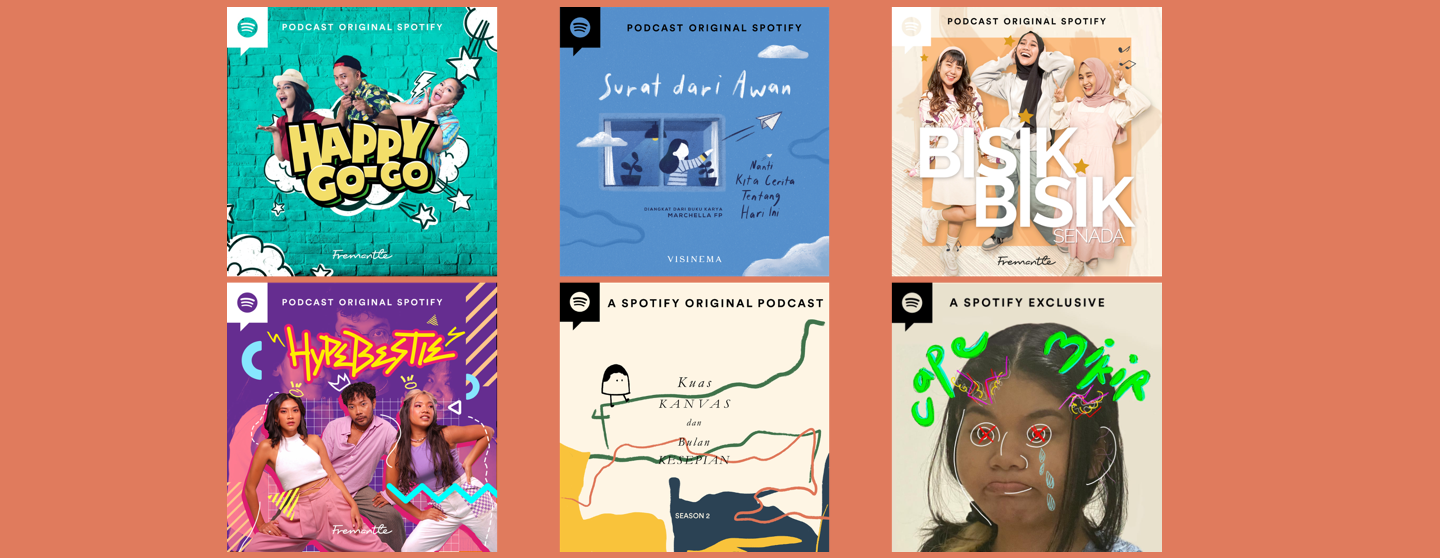
It’s no surprise that there continues to be a strong demand for podcasts around the world. The intimate medium offers a way for hosts to directly connect with listeners about topics that are most important to them. This format is an especially captivating way for those with underrepresented voices to tell their own stories, on their own terms. In Indonesia, where the podcast community is quickly growing, Spotify is working with female creators to ensure they have a seat at the mic and are supported on the platform.
Podcasts provide a new outlet for women to share their perspectives of the world. As Indonesian creator Nadhifa Allya Tsana (also known as Tsana) explains, “Podcasts break the limits, boundaries, and rules that exist in traditional formats, all of which have played a part in suppressing females’ voices for decades. But podcasts are different. They are limitless—the creators can decide when, what, and even how long they want to discuss a topic that is meaningful to them.”
With 38 million streams, Tsana’s Spotify Exclusive podcast, Rintik Sedu (which in English translates to “sadness”), is the most streamed solo-hosted podcast in the country. Since January 2021, the show has held the number one spot on the Spotify Indonesia Charts, demonstrating the captivating hold the host, and her podcast, has on the Indonesian audience. But Tsana’s success doesn’t stop at one show. She’s expanded her presence with the teen romance-driven Spotify Original podcast Kuas, Kanvas dan Bulan Kesepian (Brushes, Canvas and Lonely Moon). Season two of the show recently launched in October 2021.
“Tsana’s unique view and gentle approach to storytelling has really resonated with her listeners,” shares Carl Zuzarte, Head of Studios for Spotify Southeast Asia. “She is paving the way for other female creators to express themselves through podcasts. Today, we see more female listeners and creators getting inspired and exploring their creativity through podcasting.”
In response to the growing demand for relatable content that features strong female voices, Spotify is excited to announce five new Indonesian-language, female-led Spotify Original & Exclusive podcasts now available on the platform.
NKCTHI: Surat dari Awan
This scripted fiction podcast features Indonesian actress Rachel Amanda in the lead and is based on the bestselling book and film Nanti Kita Cerita Tentang Hari Ini (NKCTHI). With two new episodes a week, the Spotify Original podcast explores the wonders and challenges of the lead character’s growth toward womanhood.
Bisik-Bisik Senada
Talk show Bisik-Bisik Senada is a Spotify Original podcast hosted by three talented singers: Fatin Shidqia, Ghea Indrawari, and Ayuenstar. The women explore their life experiences, passion for singing, and perspectives on navigating life in the modern world.
HYPEBESTIE
Personalities Sarra Tobing, Canti Tachril, and Hadi Sylvester come together to discuss their views on love, life, and relationships as Gen Zers and millennials in this Spotify Original podcast.
Happy Go Go
Spotify Original podcast Happy Go Go is hosted by up-and-coming comedians Mimin and Kimau, who are joined by actress Siva Aprilia. The show gives listeners a fresh perspective on life and wellness.
Cape Mikir with Jebung
This show, which is exclusive to Spotify, is hosted by popular Indonesian singer Jebung. Episodes bring listeners into her world, where she discusses a variety of topics that pique her interest.







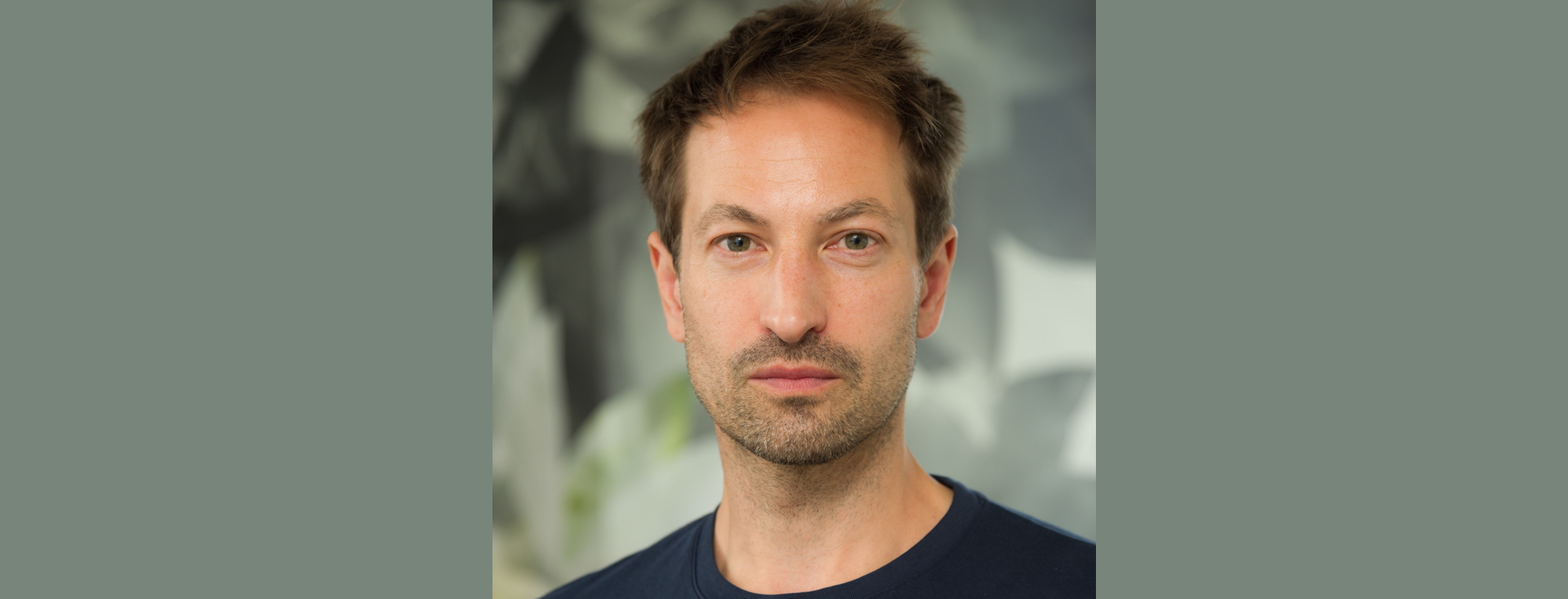
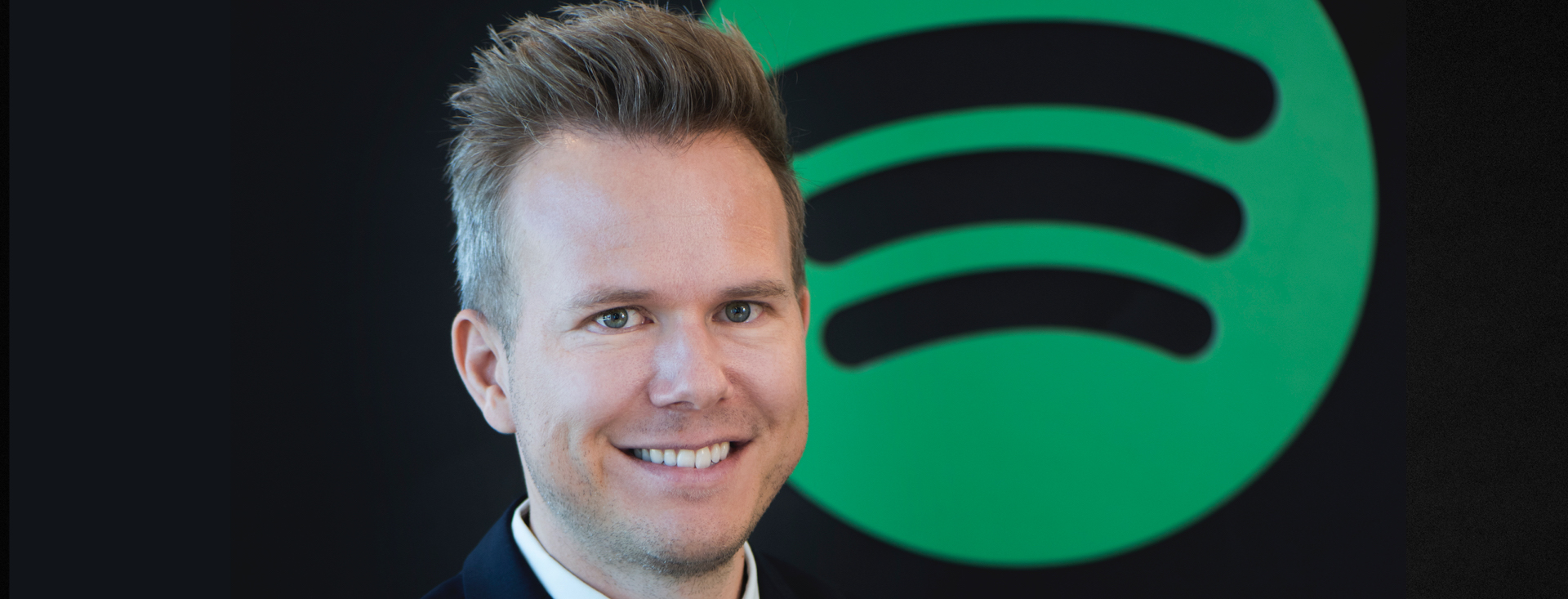
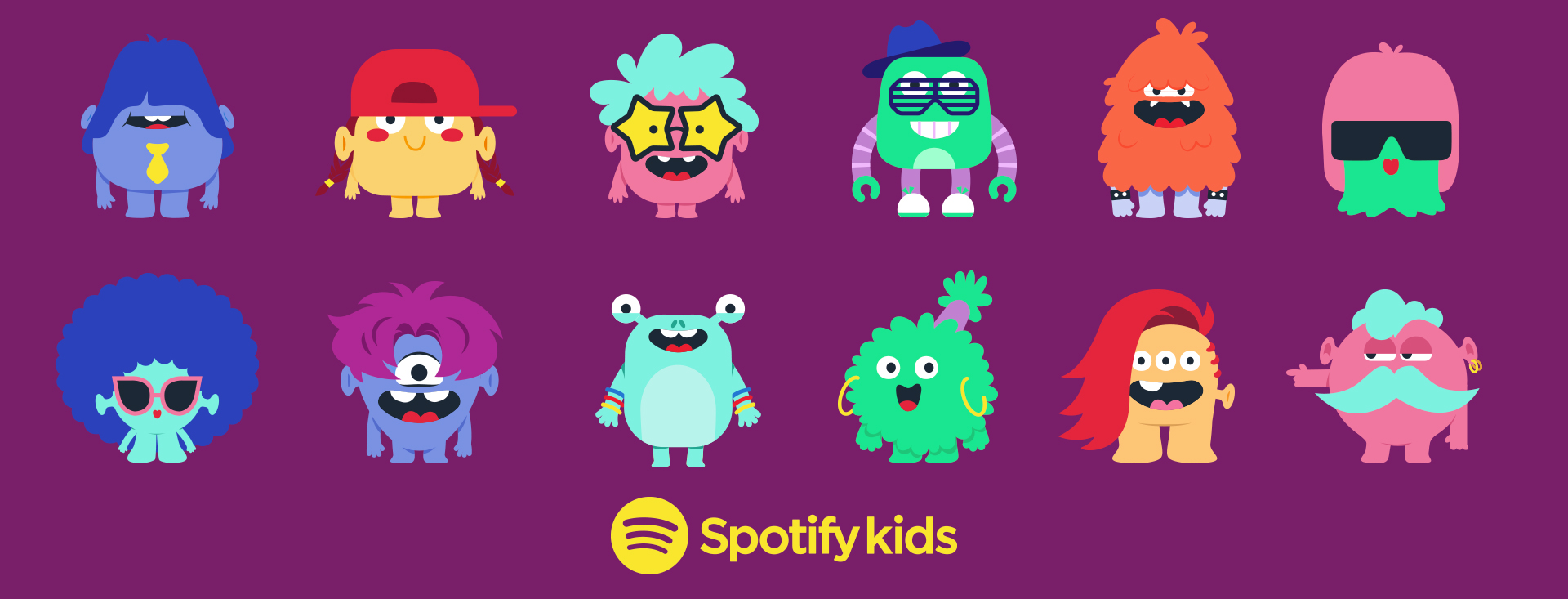
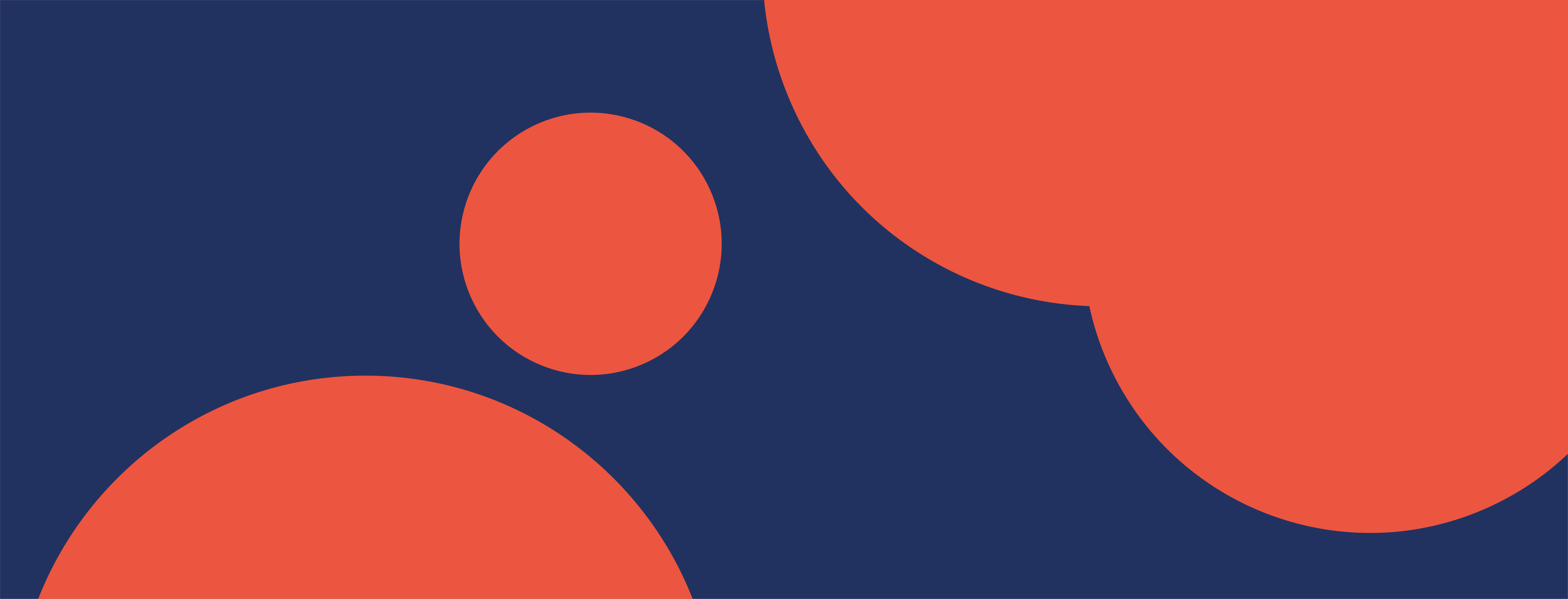

Recent Comments